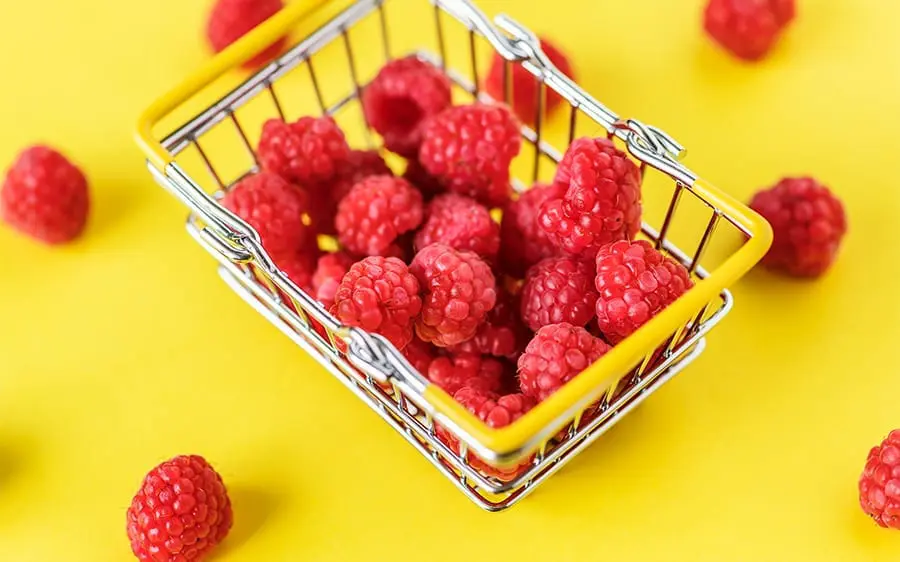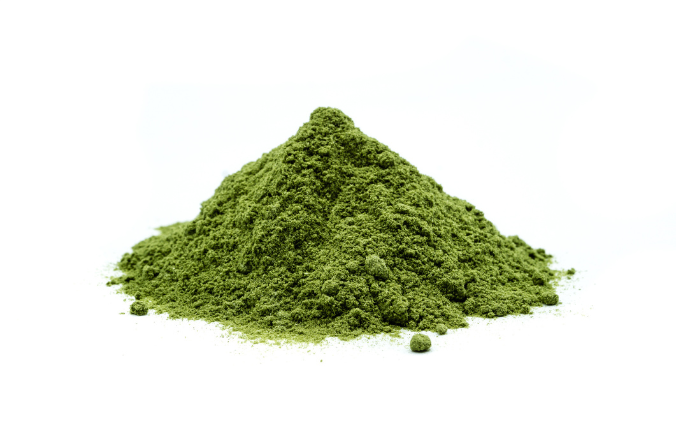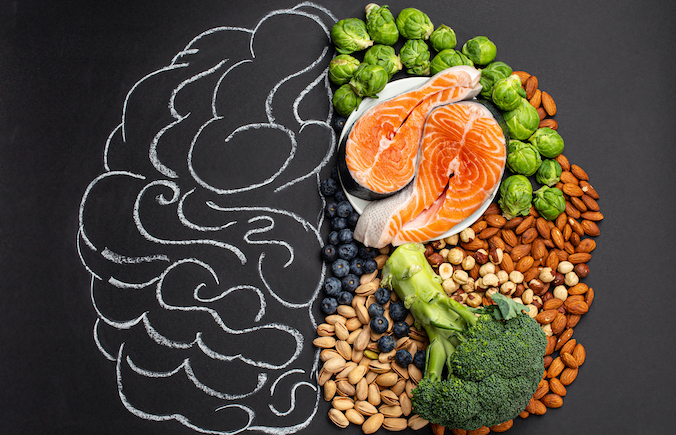Pink Superfoods to boost your mood and health.

From jewel-like redcurrants to sunshine yellow turmeric, nature is full of the most beautiful colours, especially when it comes to our beloved superfoods.
Yet, although we can eat the entire rainbow every single day, very few colours are as striking as vibrant pinks.
Here, we celebrate some of our favourite pink superfoods, and their health benefits. In other words, why you should be enjoying more pink superfoods, too…
Pink Pitaya (Dragonfruit)
Although it isn’t easy to find here in the UK, beautiful pitaya will always be able to stop you in your tracks, thanks to its shade of hot, shocking pink.
This exotic fruit is actually related to the cactus and is indigenous to Central America, although it can also be found in many South East Asian countries, including Thailand. However, it has become more and more popular in the last few years, and you can now buy pitaya as a hot pink powder to add to your smoothies, shakes and puddings.
Fresh pitaya, though, looks similar to a small, pink pineapple crossed with an artichoke and usually has pink skin and either pink or white flesh. When eaten fresh, it has a mild, sweet taste, almost like a hybrid fruit of kiwi and pear.
Happily, the dragonfruit is as good for you as it is beautiful! It is loaded with antioxidants, including vitamin C and carotene, and is also rich in B vitamins. Pink pitaya also contains calcium, iron and a phytochemical called captin, which is thought to help with heart problems and even reduce our risk of developing respiratory problems. Dragonfruit also contains lycopene, which is a powerful skin booster, and omega-3 fatty acids in its seeds.
Beetroot
Thankfully, beautiful beets are found in abundance here in the UK, and come into season from July until late October.
Beets are known for that gorgeous, vibrant hue, which can be used to add pink colour to foods and smoothies. Betacyanin, the pigment that gives beetroot that wonderful colour, is also an antioxidant, which means that beetroot is thought to lower our “bad” levels of cholesterol (LDL), and also reduce the risk of heart disease and stroke.
Beets are also renowned for being a staple in many athletes’ diets because it is thought to help boost endurance, and may even reduce muscle soreness and help the muscles to recover. This is thought to be because nitrates and betalains, both of which are found in beetroot juice, help to reduce inflammation and preserve muscle function.
Beetroot also contains plenty of folic acid, which is essential for normal tissue growth, and is crucial for expectant mums as it helps the baby’s spinal cord to develop.
If you’re looking for ways to use your beets, why not try blending with frozen berries and our Strawberry Protein Smoothie for a super-charged smoothie, or puree roasted beets to create our Beetroot Risotto.
Pink Guava
Another of the tropical superfoods, pink guavas are also one to try if you’re ever travelling around Central America.
They are known for their strong, sweet fragrance, which is described as a mix of feminine rose and refreshing apple. On the outside, guavas have a light green or even yellow skin and a round or oval shape. However, its flesh is soft pink and tastes similar to grapefruit or pineapple, with other sweet fruits such as pear cutting through.
Pink guava is another antioxidant-rich superfood and is also loaded with vitamins and minerals. Like pink pitaya, it contains plenty of B-vitamins, as well as vitamin C for an immune system boost, and iron. It is also rich in fibre, folate, copper and potassium.
However, it’s most impressive for its high levels of phenolic acids, a powerful antioxidant which protects the body from inflammation and free radicals.
If you’re lucky enough to find guava, you can eat it whole (seeds and all!), or try blended into superfood smoothies. You can even try it with jellies or paired with cheese on cheese platters.
Pomegranate
Jewel-like pomegranates are native to Iran, and are in season from the end of September until November. However, most of the pomegranates we now see in supermarkets come from the U.S.
Once upon a time, the fruits were imported into Britain, where they were traditionally sold at festive markets, with the beautiful seeds (known as “arils”) eaten and picked out with a pin. However, pomegranates have become more and more popular in recent years because they are now seen as a “superfood”
Pomegranates have earned their crown as a superfood for good reason, though – they are a great source of fibre, as well as some B-vitamins and vitamins A and C. They also contain calcium, potassium and iron.
However, it is thanks to their rich antioxidant profile that pomegranates have found fame. Pomegranates are high in two compounds known as punicalagins and punicic, which mean that these jewel-like fruits contain three times more antioxidants than even green tea.
With their sharp taste, pomegranates are particularly delicious when tossed in salads or stirred into quinoa. They also taste great with creamy yoghurt, or on chocolate tarts or mousses.
Raspberries
Plump, juicy raspberries are one of the true joys of summer!
However, as well as being delicious and refreshing on a hot day, they are also full of beneficial vitamins and minerals, including potassium, calcium and folate. Raspberries are also thought to ease inflammatory conditions in the body, such as arthritis, by switching off the body’s inflammatory response enzymes. This is thought to be because of the anti-inflammatory anthocyanins, which is found in these berries.
Raspberries are also rich in antioxidants such as vitamin C, quercetin (which is known to be a powerful anti-carcinogenic) and carotenoids.
For the ultimate health boost, try to enjoy black raspberries, or Rubus occidentalis, which contain even more goodness than other, lighter berries.
Himalayan Pink Salt
The prettiest of the salts, Himalayan Pink Salt is also said to be the most beneficial to our health and bodies.
It comes from the Punjab region of Pakistan, which is just short of 200 miles from the Himalayan mountains. Here lies one of the richest salt fields on the planet, which dates back over four billion years ago to when Earth was first formed. For this reason, it’s thought that Himalayan salt is thought to be made up of dried remnants of the planet’s first sea.
Many say that Himalayan pink salt is extremely pure and contains all 84 trace minerals, although some researchers believe that it only contains 60. Either way, it is still far more beneficial than every day, processed white table salt. Pink salt is also thought to help recalibrate your body’s pH levels, aid digestion, and purify the air. Pink salt can also be used to make homemade, DIY salt scrubs for face and body, and may even induce sleep!






